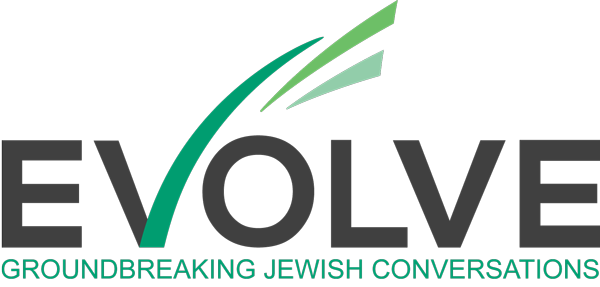I am a family nurse practitioner and have been providing care for LGBTQ kids, adolescents and adults for 20 years. I also enjoy a platform for providing education to clinicians and support teams who also are providing this care.
There is currently an unprecedented outright attack on gender-affirming care for children and adults happening not just in the United States but around the world. Perhaps you find this problematic, but you initially lack the insight to have figured out the language for precisely why. I will first explain why this is terrible, and I will then address what each of us can do.
I begin with some myths and some facts:
Myth 1: Kids are too young to know they are LGBT.
Fact: Developmentally, we have a sense of gender by age 2 or 3. We recognize and assert pronouns of others around us that early. The gender identity of most people is stable from childhood, including those with a sense of gender identity that differs from the gender they were assigned at birth. For others, however, gender identity evolves as they gain more language, experience and self-awareness. It is the expression of that gender identity that changes and is shaped in adolescence. For some, this occurs well beyond that.
Myth 2: Letting transgender people use the bathroom that best aligns with their affirmed sex is dangerous and therefore is frightening to women, in particular.
Fact: This myth is a direct vestige from slavery. It is based on the notion that Black men would assault white women in bathrooms, and those white women were too vulnerable to be able to be in a space (bathroom or other) where Black men were present. The claims that allowing trans women into women’s restrooms leads to increased risk for cisgender women are not supported by good empirical data.
Myth 3: People who transition often change their minds afterwards.
Fact: Rates or regret are low. In 2023, a study published in the Journal of the American Medical Association of 235 people who underwent gender-affirming chest surgery had NO ONE regret it or attempt to reverse it.
Myth 4: Being trans or nonbinary is a mental illness.
Fact: Gender dysphoria is a diagnosis. In medicine and behavioral health, we use a diagnosis to get paid and to guide treatment. There are many people who identify as transgender but never seek medical intervention. Remember the diagnosis is not the identity.
I am often presented with the question: “What can I say to people when they say something I know is inaccurate about transgender or nonbinary people? How do I respond?”
Consider this scenario: You are an invited dinner guest with a group of 15 people. You are meeting some of the other guests for the first time. Conversation ebbs and flows over many topics and lands on a current event about transgender people. For example, it may be about the challenges transgender people are facing in accessing health care.
You hear someone say: “I believe that transgender people should have rights, but I don’t understand why I need to support them. It’s a personal choice, and I don’t want to pay for it or be expected to agree with it.”
There are some nods of approval. Some eyes quickly divert downwards. There are some vocal sounds of disapproval, but no one is confrontational.
Here it is: the moment when you decide if you are going to say something. You somehow know what was said isn’t right, but what makes it wrong? What do you say?
When something doesn’t sound right, pause. Ask for clarification. Approach with curiosity. Be willing to be wrong, but be ready to be right.
Intent and Impact
Before we return to this scenario, we must distinguish between intent versus impact.
Intent is the motivation or reason behind our actions. It’s what we are trying to achieve or the message we are trying to convey.
Impact is the outcome or consequence of our actions or words. It’s how our words or actions are received and interpreted by others. This is where sometimes, we all fall down. We miss a pronoun, we use the wrong name for someone, we assume they are in a heteronormative marriage. It happens. When it does, say I am sorry, don’t dwell on it, and don’t do it again. There’s often a gap between our intention and the perceived impact. What we mean can be different from how it’s interpreted, leading to misunderstandings or even hurt feelings.
Now, returning to our scenario: I am going to say that your desired intent is one of allyship and solidarity for/with the transgender community. Maybe you consider yourself and ally, maybe that’s new for you. Allyship looks different for everyone.
The impact for you is: Am I going to say something correctly? Am I going to mess this up? I am not an expert, and I am terrified I’ll get the words wrong and look foolish or worse, be misunderstood.
The participant has not said anything egregious, nothing so inflammatory that there is a clear consensus that he or she is bigoted or extreme. There is no blanket dismissal like what we see when something happens that is universally unacceptable in a given environment.
However, is what they have said rooted in understanding and awareness? Is there a way to help him/her “understand”? Is the impact of what you will say going to match your intention? How do your feelings about responding change if you have a loved one who is transgender? Those stakes can get high, quickly.
What Can I Do?
Here are some tools that are helpful for you to be that ally and help distinguish myths from facts:
It requires bravery. You might need to remind yourself you can be brave. I, too, need that reminder sometimes. Ask a question. Sometimes something simple like, “Can you say more about what support you think is needed?” Or “Do you know how much it costs to pay for gender-affirming care? I don’t.”
It requires a willingness to be vulnerable. Something like, “I work in health care and can tell you we already pay for lots of people’s health care. It is much cheaper to do so before someone is sick or injured because of something preventable like a mental-health crisis or a visit to the ER after someone accesses street-level care.”
At times, if I am able to have a conversation with someone, I will talk about the last time they accessed emergency care, and how much of a challenge it was to wait for hours and spend maybe excessive money, and how much easier it would have been if they had been able to go to see their provider for the stitches they needed or treatment they needed for their illness.
When I am talking to someone who I don’t think will to connect to the humanity of a trans person, I switch to a more concrete concept — the cost — the dollars spent.
Treating people in crisis (real or perceived) is by far the most expensive way to do it. All health-care systems rely on prevention to avoid overburdening a system. When I am talking to someone who I don’t think is going to connect to the humanity of a trans person, instead of judging that, I will switch to a more concrete concept — the cost — the dollars spent.
Listen. Listen to the answers to the questions you ask. This is difficult. When we feel activated, we tend to ask a question and then immediately rehearse the next question or counter argument. We don’t listen to the answer. When we don’t listen, there is no dialogue. In a confrontational setting, this is where things devolve. In a civilized setting, we listen and respond, rather than react. Be sure you have decided which environment you are in ahead of time.
Vulnerable people can and do sometimes advocate for themselves, but allies who are willing to be visible are needed. If you are a non-LGBTQ person, you need to be The One: the one with the sign, the one who makes the time or donation, the one with the bullhorn, the one with the Pride flag displayed at your house, the one with the sticker on your car, the one who is uncomfortable but whose safety in the bathroom is not a consideration, the one who speaks up at the dinner table. It must be you.
I was raised to know that Jews inherently understand the need for resistance and perseverance. That requires practice at using unfamiliar language (“queer,” “trans,” “gay,” “cis”). It helps to rehearse before you have any conversation. And remember to be safe: Always know when engaging is not safe or there is no safe way out for you. Choose your battles but also choose your battlefield.
Ask your transgender friends and family what they would want you to say. Scripting is helpful. They are well aware of what is currently affecting them.
Being an LGBTQ ally in 2025 is more difficult than it was in 2024 but not more difficult than it was in 1985. Being an ally during the AIDS crisis took bravery, and a willingness to be vulnerable and a willingness to listen. We can read some personal narratives from LGBTQ activists from the early AIDS crisis and use their words. We don’t need to reinvent activism to be an ally.
We need to trust but verify things presented to us as facts. We are living in a culture where some people believe that just because someone says something, it is true. When something doesn’t sound right, pause. Ask for clarification. Approach with curiosity. Be willing to be wrong but be ready to be right.







One Response
People in general need to know some individual trans people.
In a similar way that same sex couples, and then marriage was normalized.
Facts are important, but are not sufficient…